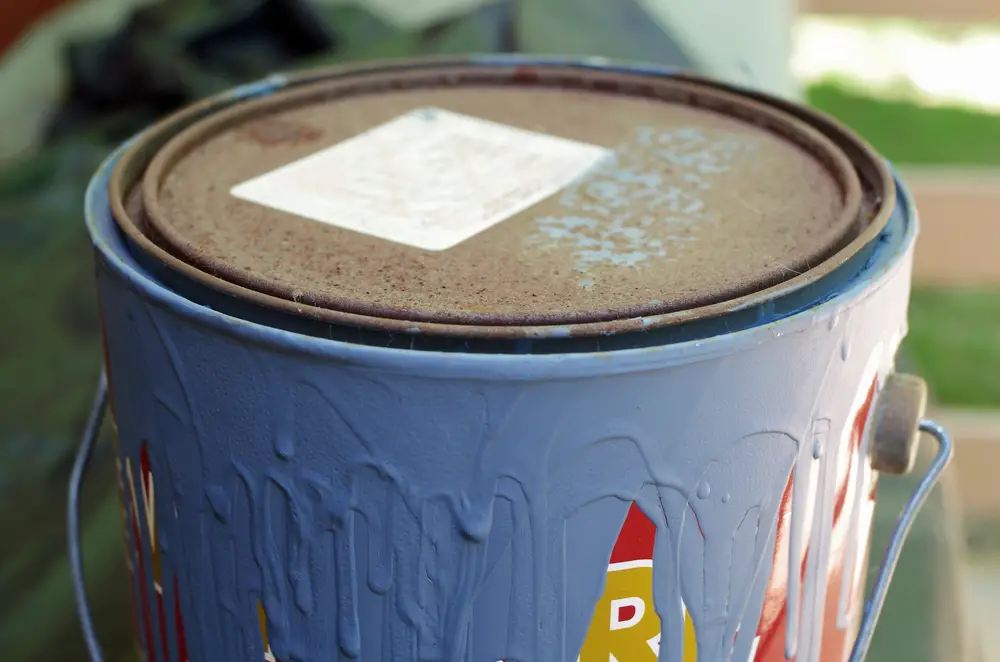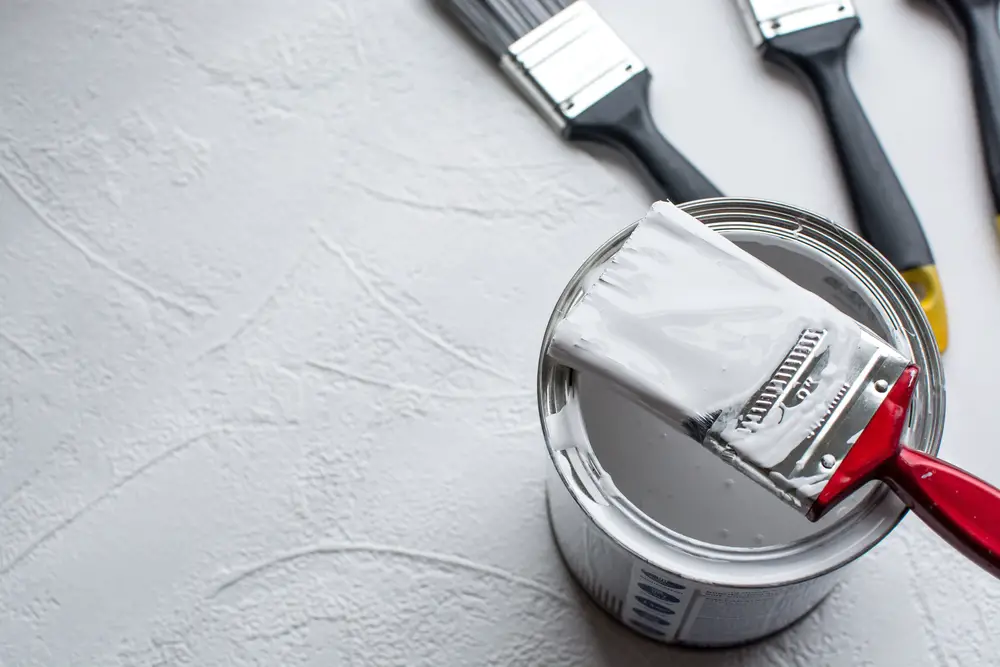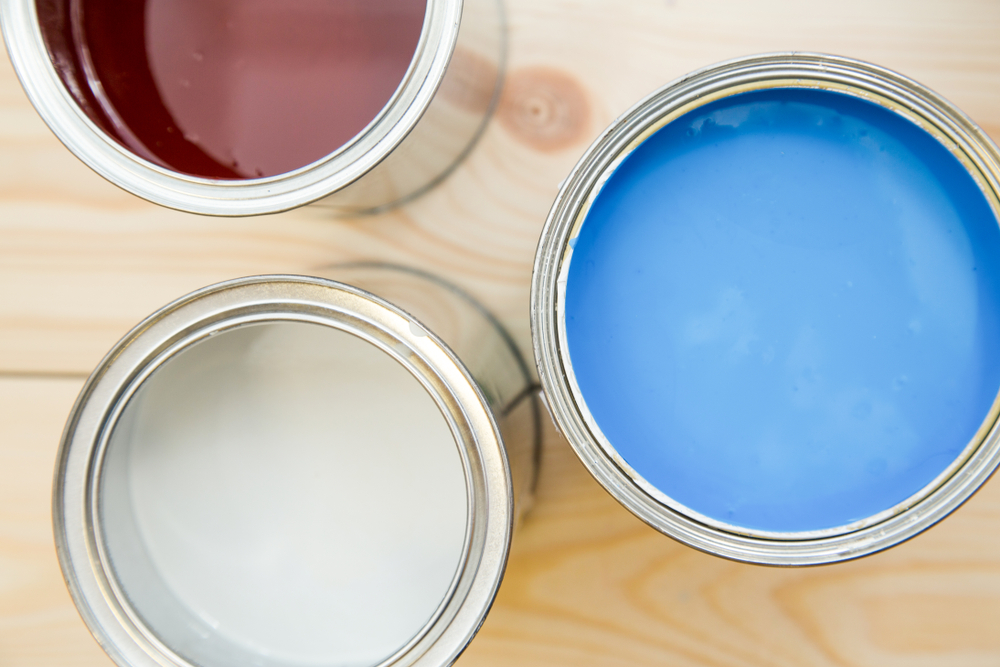Today, I want to address a common concern among painters and DIY enthusiasts – does emulsion paint go off?

We all know that emulsion paint is a staple for any decorating project, so knowing its lifespan and how to properly store it is essential to prevent wastage and save money.
In this article, I will explore the factors that can affect the shelf life of emulsion paint and provide you with some valuable storage tips. So, let’s dive in and uncover the secrets of emulsion paint longevity!
Signs that Emulsion Paint has Gone Off
When it comes to emulsion paint, it’s important to know the signs that indicate whether it has gone off or not. This can help you avoid using paint that may not give you the desired results. Here are some key indicators to look out for:
1. The Smell
The smell of emulsion paint can be a strong giveaway that it has gone off. If you notice a sour milk or wet dog scent, it’s likely that the paint is no longer usable. Trust your nose and if the paint smells off, it’s best to dispose of it.
2. Container Condition
Take a closer look at the container of the emulsion paint. If the tin has swollen or the lid is bulging, it could be a sign that bacteria have entered the paint and caused it to deteriorate. Additionally, rust on the tin or the underside of the lid indicates that air has gotten inside, making the paint unusable.
3. Consistency and Visual Clues
Check the consistency of the paint. If it has separated into watery layers or has developed lumps, it’s a clear sign that the emulsion has gone off. Another visual clue to watch out for is the presence of mold or mildew on the paint’s surface. These are indications that the paint is no longer suitable for use.
To be absolutely certain, you can also perform a small test. Apply a small sample of the paint on a piece of cardboard or paper. If the paint doesn’t dry properly or has an unusual texture, it’s a sure sign that it has gone off.
By familiarizing yourself with these signs, you can confidently determine whether your emulsion paint is still usable or if it’s time for a new tin. Remember, using paint that has gone off can result in unsatisfactory results, so it’s best to be cautious.

Factors Affecting the Longevity of Emulsion Paint
When it comes to the longevity of emulsion paint, several factors can influence its lifespan. Understanding these factors is key to ensuring that your paint lasts as long as possible and remains in optimal condition.
Air
Air is one of the primary culprits that can cause emulsion paint to deteriorate. When air enters the tin, it can change the chemical makeup of the paint, leading to a shorter shelf life. To minimize air exposure, always ensure that the paint tin is tightly sealed after each use.
Bacteria
Bacteria can also have a significant impact on emulsion paint. Whether introduced during the manufacturing process, mixing, or use, bacteria can cause the paint to go off. Emulsion paints with low or no volatile organic compounds (VOCs) are particularly susceptible to bacterial growth. To prevent bacterial contamination, make sure to follow proper hygiene practices when handling and storing emulsion paint.
Temperature
Extreme changes in temperature can also affect the quality of emulsion paint. Very hot or freezing conditions can cause the paint to spoil and become unusable. It is advisable to store emulsion paint in a cool and stable environment, away from direct heat sources or areas with fluctuating temperatures.
Proper Storage
One of the best ways to prolong the longevity of emulsion paint is to store it properly. Keep the paint in a cool, dry area that is shielded from sunlight. Excessive exposure to sunlight can lead to the paint drying out and losing its effectiveness. Additionally, storing the paint in its original tin can help maintain its quality, as the container is designed to protect the paint from external factors.
By understanding and addressing these factors, you can help ensure that your emulsion paint lasts longer, reducing waste and saving you money in the long run.

Conclusion
After examining the factors that affect the longevity of emulsion paint, it’s clear that proper storage and awareness of gone-off signs are essential to prevent waste and save money. Emulsion paint typically has a lifespan of around six months once the tin is opened. By storing the paint in a cool and dry area, away from direct sunlight and heat sources, its shelf life can be extended.
To determine if emulsion paint has gone off, pay attention to the smell, container shape, and consistency. A sour milk or wet dog scent, swollen tin with a bulging lid, rust, separation, lumps, or surface mold can indicate that the paint is no longer usable.
In the event that emulsion paint has gone off, it’s important to dispose of it properly, following local environmental regulations. Take the necessary steps to ensure the paint is not harmful to the environment. By being mindful of storage tips and cautious about gone-off signs, unnecessary waste can be prevented, saving both money and benefiting the environment.
FAQ
Does emulsion paint go off?
Yes, emulsion paint does go off, typically within six months of opening the tin.
What are the signs that emulsion paint has gone off?
The smell, container shape, and consistency of the paint can indicate if it has gone off. It may have a sour milk and wet dog scent, the tin can swell, the lid may bulge, and there may be rust on the tin or the underside of the lid. Separation, a watery consistency, lumps, and mold or mildew on the surface are also signs that the emulsion has gone off.
What factors affect the longevity of emulsion paint?
Factors such as air entering the tin, bacteria introduced during manufacturing or use, extreme changes in temperature, and the presence of low or no VOCs can affect the lifespan of emulsion paint.
How can I test if emulsion paint is still usable?
You can test a small paint sample on cardboard or paper to determine if the emulsion paint is still usable.
How should I store emulsion paint to maximize its lifespan?
Proper storage in a cool, dry area away from direct sunlight or heat sources can help prolong the longevity of emulsion paint.
What should I do if emulsion paint has gone off?
If emulsion paint has gone off, it should be disposed of properly, following local environmental regulations.
How can following storage tips prevent waste and save money?
By being aware of the signs of gone-off emulsion paint and following storage tips, unnecessary waste can be prevented, saving money and benefiting the environment.
- Drill Battery Maintenance: Essential Tips for Cordless Drill Battery Care - February 5, 2024
- Troubleshooting Drill Issues - February 5, 2024
- Quick Drilling Techniques - February 2, 2024









